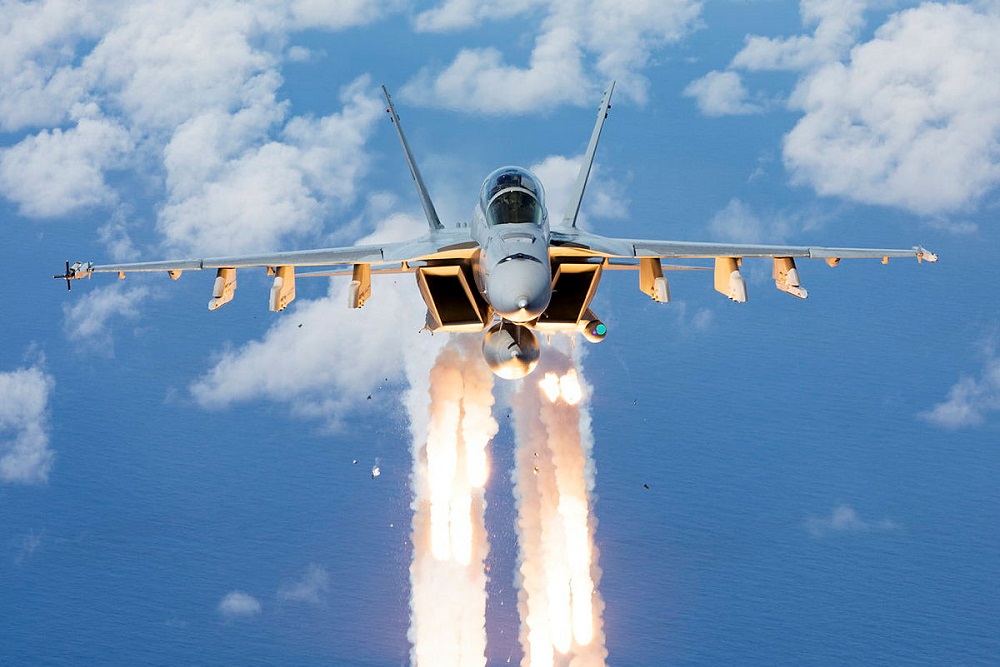I don’t know if this article re the Super Hornets has been discussed but there has been some significant changes in some the assumptions of the planned US programs since it was published. NGAD on the back burner. Ghost Bat not included at this stage in the US CCA program.
Of note this comment.
The Royal Australian Air Force says it will fly its 24 F/A-18F Super Hornets through to the mid-2030s rather than retiring them by 2027 as had been intended. And it will open up a competition for a replacement rather than necessarily acquiring additional F-35A Lightning IIs.
Given the timing for the Rhino replacement is mid 30s….. things would need to get moving on a replacement soon? I wonder if the changes noted above open up for a platform like F15ex.
The Royal Australian Air Force says it will fly its 24 F/A-18F Super Hornets through to the mid-2030s rather than retiring them by 2027 as had been intended. And it will open up a competition ...

www.aspistrategist.org.au
The RAAF has to my knowledge always operated more than one type of aircraft to fulfil the Fighter / bomber role.
Now generally called multi role fighters to fulfil all functions within your small to medium sized air forces, is it therefore feasible and prudent to have one or two platforms going forward?
There are of course benefits and limitations in having one or two aircraft types.
Had the capability's of the SHornet, currently not found in the early F35 aircraft actually existed, and the timing of the role out for the F35 not been so late, we may of actually consolidated on an all F 35 fleet.
Maybe our multiple fleet of the future is one manned platform and one unmanned platform.
Maybe that's what we should aspire to.
So what does that look like for the SHornet.
That answer realistically lies with the question of the Block 4 upgrade for the F35 and the time, expense and relevance of a 4th Gen SHornet for now and into the future.
Timing and coin for those two will dictate what is prudent.
With so much coin invested in SSN's, forget about looking at an RAAF 6th Gen aircraft until the mid 2040's at the very best
These projects will run late; will be expensive; will prioritise the parent nation and not us.
Is just not, not, not going to happen any time soon for the RAAF.
Fantasy land!
What's reality
Money for aircraft upgrade...........sure.
Money for an unmanned platform............sure.
Maybe some money for a MODEST additional tranche of F35s in the 2030's to hopefully replace the SHornets earlier rather than later......sure
All F35 fleet with Ghost Bat supported with refuelling, command and control assets would be a good mix and about what we could realistically aspire to for the 2030's
I don't see anything else on the radar other than the choice of which F35 variant we purchase.
The price of the F35 will come down with time with over 600 produced today and another 1000 to yet be built.
Like it or not the RAAF will be centred around the F35 for the 2020's, 30's and 40's.
A future without the Stop gap SHornet and in all probability reduced numbers of manned aircraft.
Cheers S








